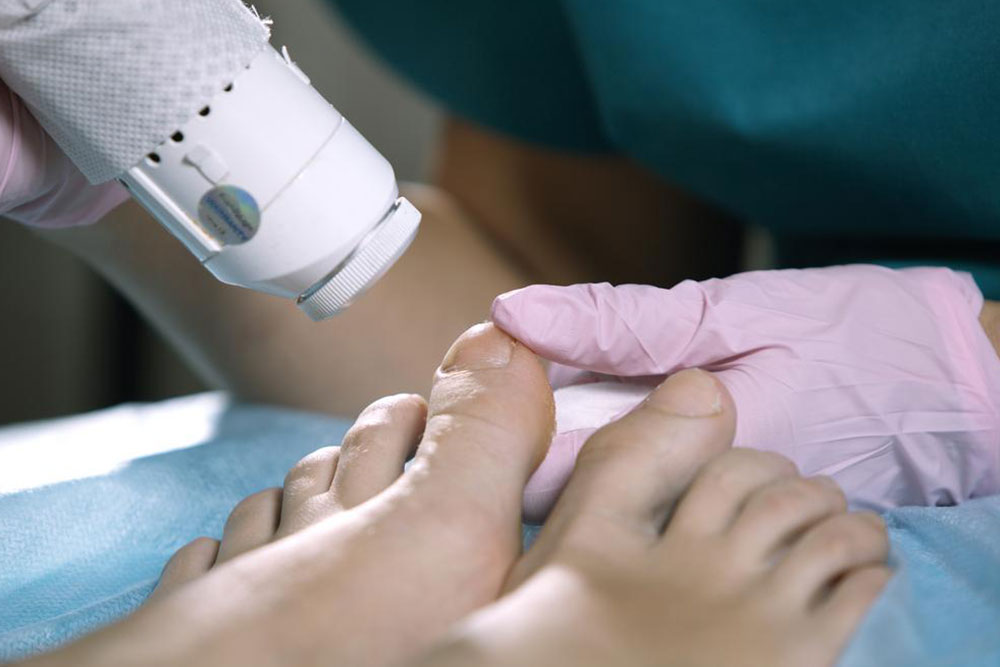Top 5 Common Causes of Fungal Infections and How to Prevent Them
Learn about the top five causes of fungal infections, including athlete’s foot, ringworm, jock itch, and yeast infections. This guide highlights common risk factors and prevention tips to maintain healthy skin and avoid discomfort caused by fungi.
Sponsored

Fungi are classified into beneficial and harmful types. While harmless fungi naturally exist in our bodies without causing issues, harmful fungi can invade and trigger infections. Fungal infections can be persistent, and their recurrence is common, especially if your immune defenses are weakened or if you're on prolonged antibiotic therapy.
Understanding the primary causes of these infections is essential for prevention and treatment. Below are some frequent fungal conditions, their causes, and tips to avoid them.
Athlete’s Foot
This fungal ailment, medically known as tinea pedis, primarily affects the feet, leading to itching, redness, swelling, and skin bumps. It thrives in hot, humid environments, often affecting athletes who wear tight shoes, socks, and share communal showers. However, non-athletes using similar footwear and facilities are also at risk. Maintaining foot hygiene and avoiding damp footwear can help prevent it.
Ringworm
Despite its name, ringworm is caused by a fungus affecting skin, hair, or nails, creating circular, red, itchy patches. It's highly contagious and can spread through contact with infected people, pets, or contaminated objects. Recognizing and managing it early is crucial to stop its spread.
Jock Itch
Also known as tinea cruris, this infection targets warm, moist areas like the groin and inner thighs. The fungus thrives in damp environments, causing itching, redness, and irritation. It spreads via direct contact or shared items, making personal hygiene vital for prevention.
Yeast Infections
Caused by the overgrowth of the candida fungus, these infections result in red, itchy rashes, especially in moist regions like armpits and groin. People with diabetes, obesity, or on antibiotics are more susceptible. Fortunately, yeast infections are not contagious, but maintaining dry areas can reduce risk.
Vaginal Yeast Infection
This common condition affects many women, caused by an imbalance in vaginal yeast and bacteria. Symptoms include discomfort and irritation. Proper hygiene, controlling blood sugar, and seeking treatment when symptoms occur are important for management. Ignoring it can lead to repeated infections.
Overall, most fungal infections are treatable and do not lead to serious health issues if addressed promptly.






